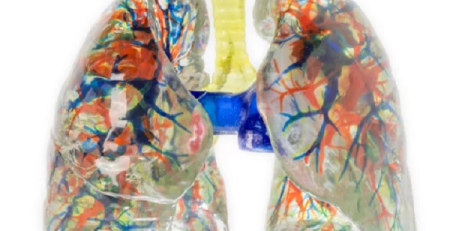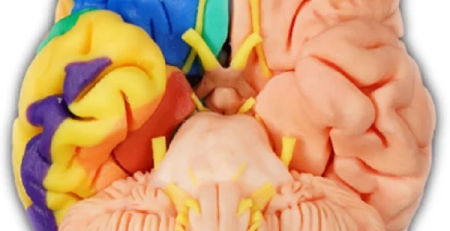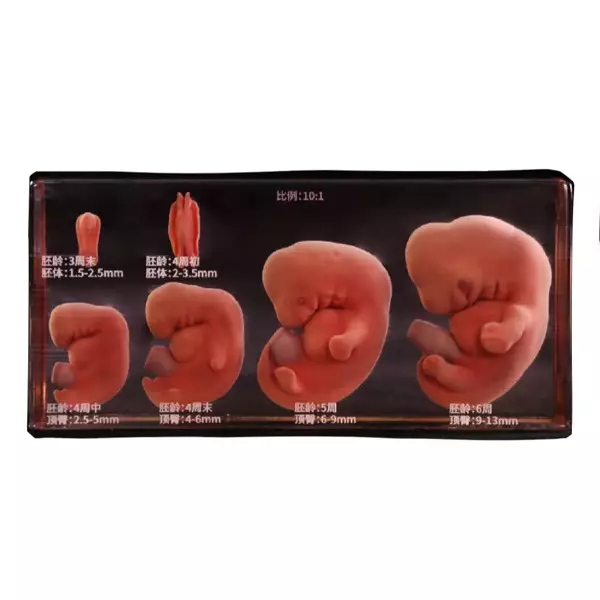DIGIHUMAN Unveils Groundbreaking Embryo 3D Models: Precision Meets Sustainability in Developmental Science
DIGIHUMAN Unveils Groundbreaking Embryo 3D Models: Precision Meets Sustainability in Developmental Science
Date:
In the intricate world of embryology, visualizing early human development has long been constrained by the limitations of 2D textbooks and fragile physical specimens. Enter DIGIHUMAN—a pioneer in merging cutting-edge technology with sustainability—to introduce the next leap in embryology education: the embryo 3D model. Designed with unparalleled precision and eco-conscious materials, these models are transforming how educators, researchers, and medical professionals study life’s earliest stages.
Table of Contents
TogglePrecision Redefined: The Technology Behind DIGIHUMAN’s Embryo 3D Models
At the heart of DIGIHUMAN’s innovation lies a fusion of high-precision digitized human body data and advanced 3D printing. Each embryo 3D model is crafted using full-color, multi-material printers paired with environmentally friendly resin, achieving a 1:1 replication of real embryonic structures. From the 0.2mm fertilized egg with its outer hyaline band (Day 1) to the 0.25mm blastocyst free of the zona pellucida (Day 5), every microscopic detail is preserved. This technology captures transient stages, like the 16-cell “mulberry” embryo (Day 3), with scientific rigor, offering an unmatched tactile and visual learning tool.
A Chronological Journey: Day-by-Day Embryonic Development
DIGIHUMAN’s embryo 3D models provide a unique window into the first five days of human life. Day 1 models showcase the fertilized egg’s delicate hyaline band, while Day 2 reveals the two-cell stage with visible polar bodies. By Day 3, the “mulberry” phase—a cluster of 16 cells—is rendered in striking detail, complete with the surrounding zona pellucida. Day 4 models highlight the blastocyst’s structure, featuring the trophectoderm and inner cell mass, and Day 5 culminates in a zona pellucida-free blastocyst, ready for implantation. This chronological series bridges the gap between theoretical knowledge and hands-on exploration, making complex processes accessible.
Sustainability in Science: Eco-Friendly Innovation
DIGIHUMAN challenges the status quo by embedding sustainability into its embryo 3D models. Traditional anatomical modeling often relies on toxic resins, but our plant-based, biodegradable materials reduce environmental impact without compromising quality. Each model, from the 0.2mm blastocyst to the 5-day embryo, is printed using energy-efficient processes, aligning with global green initiatives. This commitment ensures educators and researchers can advance science while honoring planetary health—a dual mission rarely achieved in medical technology.
Transforming Education and Research
The implications of DIGIHUMAN’s embryo 3D models extend far beyond classrooms. Medical schools leverage these tools to demonstrate developmental milestones with tactile accuracy, while IVF clinics use them to educate patients on embryonic stages. Researchers gain a dynamic platform to study abnormalities or test hypotheses, accelerating breakthroughs in reproductive health. By converting abstract concepts into tangible models, DIGIHUMAN fosters deeper engagement and understanding across disciplines.
Conclusion
DIGIHUMAN’s embryo 3D models represent more than technological prowess—they embody a vision where precision, education, and sustainability converge. As the first to offer day-specific, eco-conscious models, we invite institutions and researchers to redefine their approach to developmental science. With DIGIHUMAN, the microscopic wonders of life are no longer elusive; they’re within reach, one layer at a time.
Related Posts
 Blog
BlogThe Art and Science of 3D Anatomical Modeling at DIGIHUMAN
At DIGIHUMAN, we are proud to present our cutting-edge wholesale 3D model of human lungs. Crafted from high-precision digitized human...
 Blog
BlogWhere to Buy a Brain Model: Your Guide to Digihuman’s 3D Printed Solutions
"Where can I buy a brain model?" People often ask this question. As a leading manufacturer of high-quality anatomical models, we at DIGIHUMAN are...
 Blog
BlogCrafting Realism: The Art and Science of Anatomical Model Creation
At DIGIHUMAN, we take pride in our cutting-edge technology that allows us to create precise anatomical models from digitized human...

